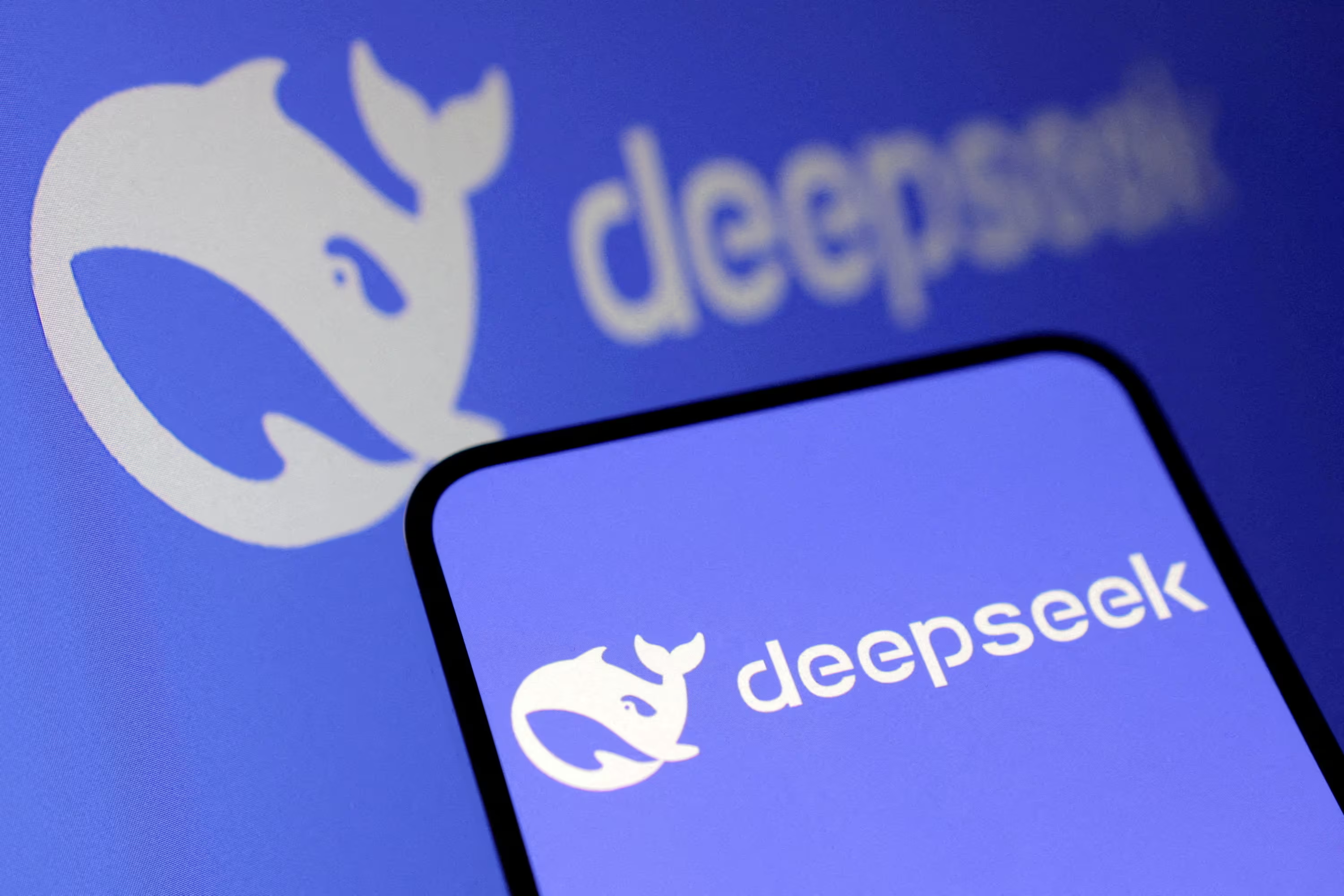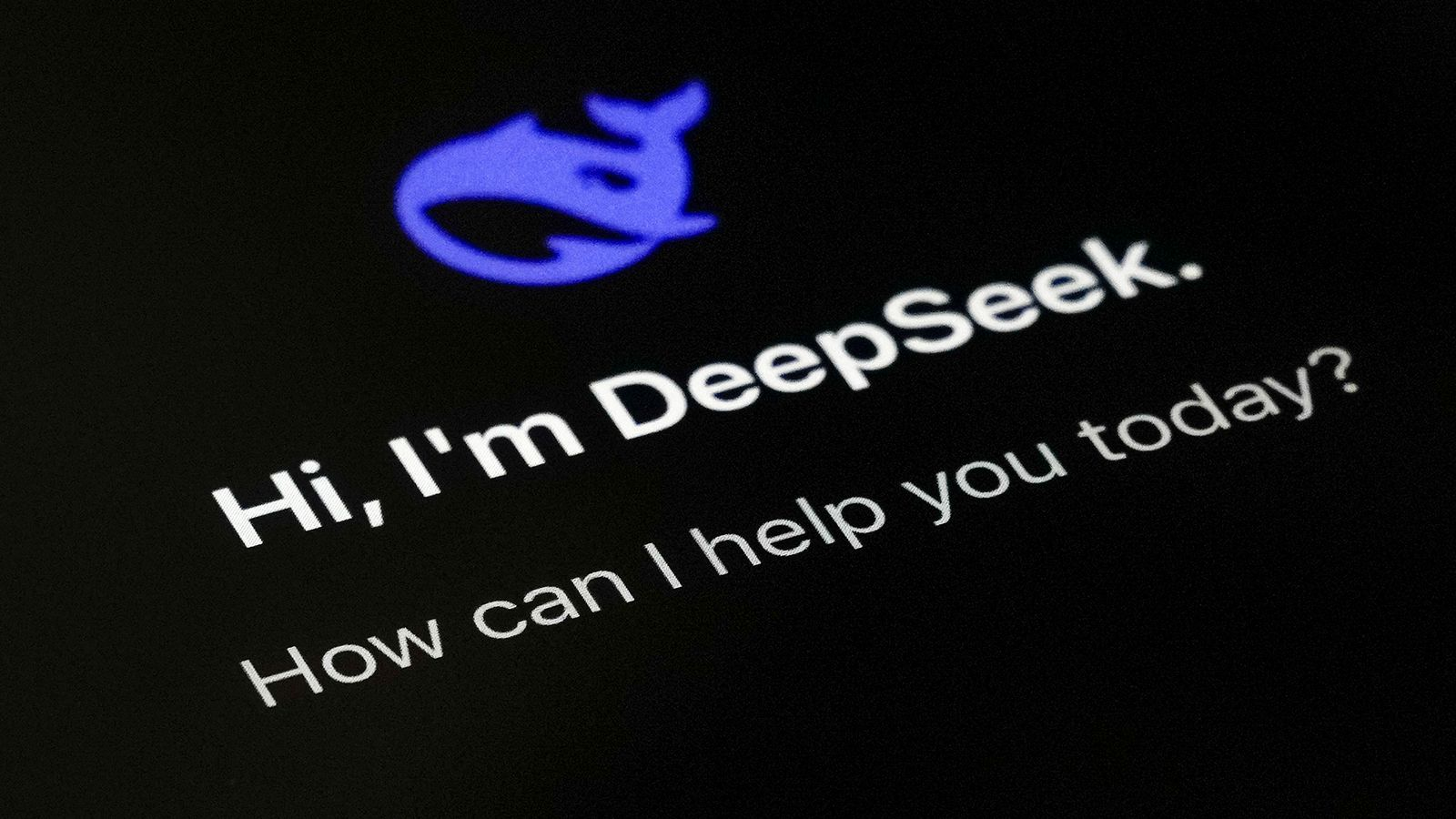Thousands of tech leader’s government figures, and entrepreneurs gathered in Shanghai this week for the World Artificial Intelligence Conference. The event framed the global contest in AI as DeepSeek’s rise in China met President Trump’s AI Action Plan in the United States.
DeepSeek’s rise and China’s AI ambitions
DeepSeek stunned the world earlier this year with an efficient high‑performance AI model that challenged the idea that cutting‑edge systems demand massive data centers and billion‑dollar chip budgets. Its success drew rare public praise from President Xi Jinping and underlined Beijing’s goal to make AI a one‑hundred‑billion‑dollar industry by 2030. Chinese funding and partnerships from giants like Alibaba have pushed startups such as Minimax and Yitu into harder competition with U.S. leaders OpenAI and Google DeepMind.

U.S. responds with AI Action Plan
Just days before, WAIC President Trump signed the AI Action Plan. The initiative eases regulations, speeds up data‑center energy approvals, and directs agencies to support AI research. “We will do whatever it takes to lead the world in artificial intelligence,” the President declared, with Nvidia CEO Jensen Huang in attendance. The plan seeks to maintain U.S. dominance in a post‑ChatGPT era by mobilizing federal resources and industry partnerships.
Robots, chips and global governance
WAIC also showcased China’s advances in robotics. Firms such as UBTech, Unitree, and AgiBot demonstrated humanoid and quadruped robots priced under ten thousand dollars. Chinese firms aim to mass-produce hundreds of units this year, serving industries from warehousing to elder care. A special High‑Level Meeting on Global AI Governance convened ethicists and regulators to debate responsible AI development and cross‑border standards.
Venture capital and deal‑making frenzy
China’s AI summit doubles as a deal hub. Venture firms, including Lightspeed China Partners and Monolith Management, are raising over two billion dollars in new funds. Startups pitched everything from autonomous drones to smart home devices across seventy thousand square meters of exhibition space. Investors hope to back the next DeepSeek or robot maker in a rapidly growing market.
What it means for the US‑China rivalry
China may be just months outside core AI research, and this is according to analysts, because the gap was previously measured in years. Both countries have identified AI as a priority and action, and they are falling over each other in talent chips and cloud facilities. The head-to-head action that we see in Shanghai and Washington is an indication that global leadership in Artificial Intelligence will rely on consistent innovation and well-thought-out investments, and clear governance arrangements.

Experts have indicated that the contest is not over yet as WAIC shut down its doors. The upcoming release of DeepSeek and the effects of the U.S. AI Action Plan will be informative about how the research and the commercial application develop in the next few months.





